I’m sharing my trip to Cappadocia from March 8 to 14, 2023. I thought I was prepared for the wonders of Cappadocia, but how wrong I was! I’ve seen what I thought were most of the world’s famous rock pillars: Montserrat, Đavolja Varoš (Devil’s Town) in Serbia, three Czech “rock cities” (two in the Český ráj region and Adršpašsko-teplické skály), Bryce Canyon in the USA, Valle de la Luna (Moon Valley) in Bolivia, and Meteora in Greece. However, in both quantity and variety, Cappadocia surpasses them all. I’ll stop here because no amount of superlatives can do it justice.
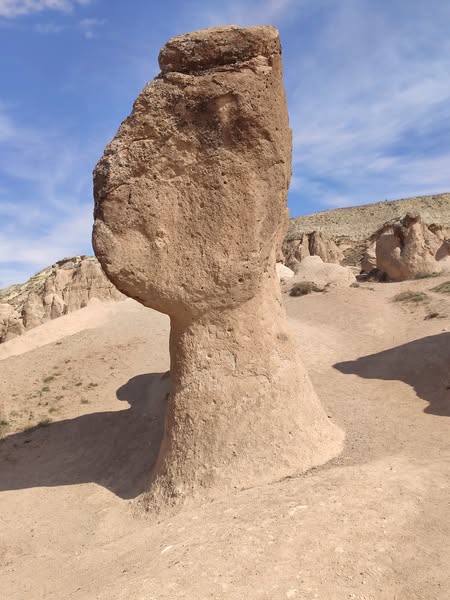
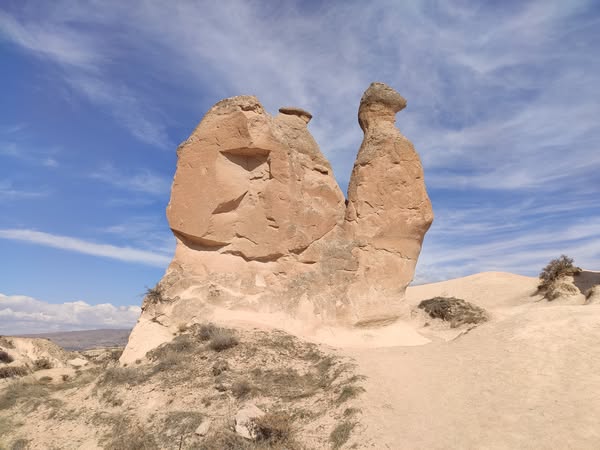
Over five challenging “working” days, we managed to visit several valleys, each with different types of rock formations, three “castles” (hills riddled with countless tunnels and rooms), and one underground city—Kaymaklı. The latter impressed us less than expected, so we skipped Derinkuyu, the second most famous underground city.
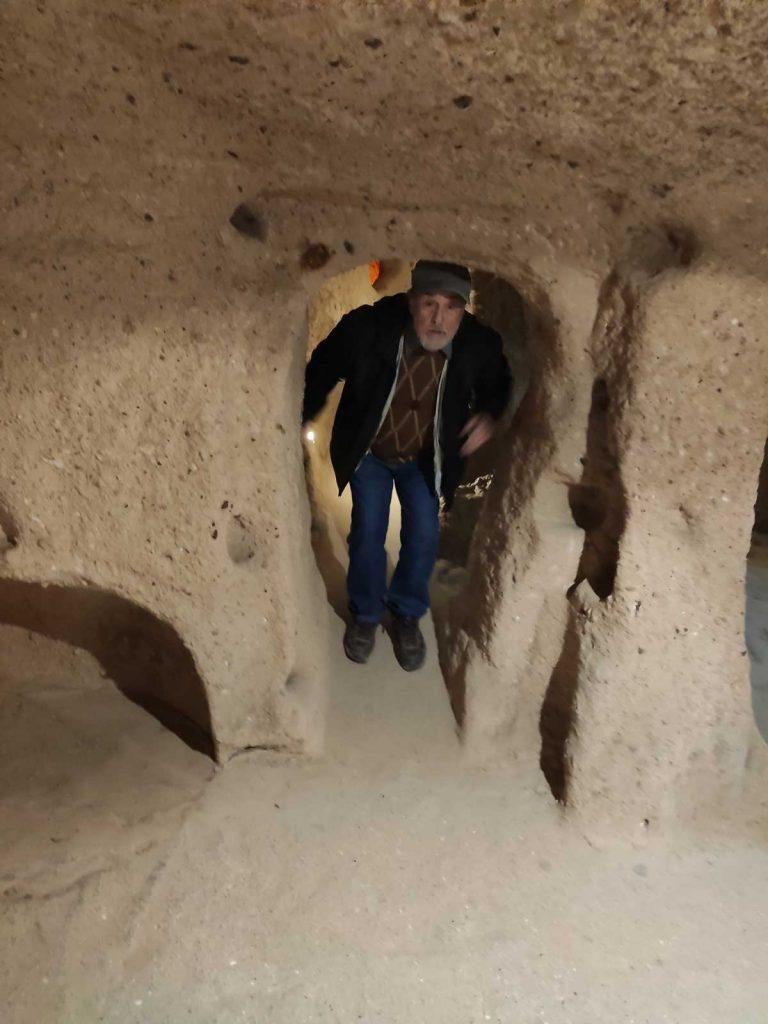
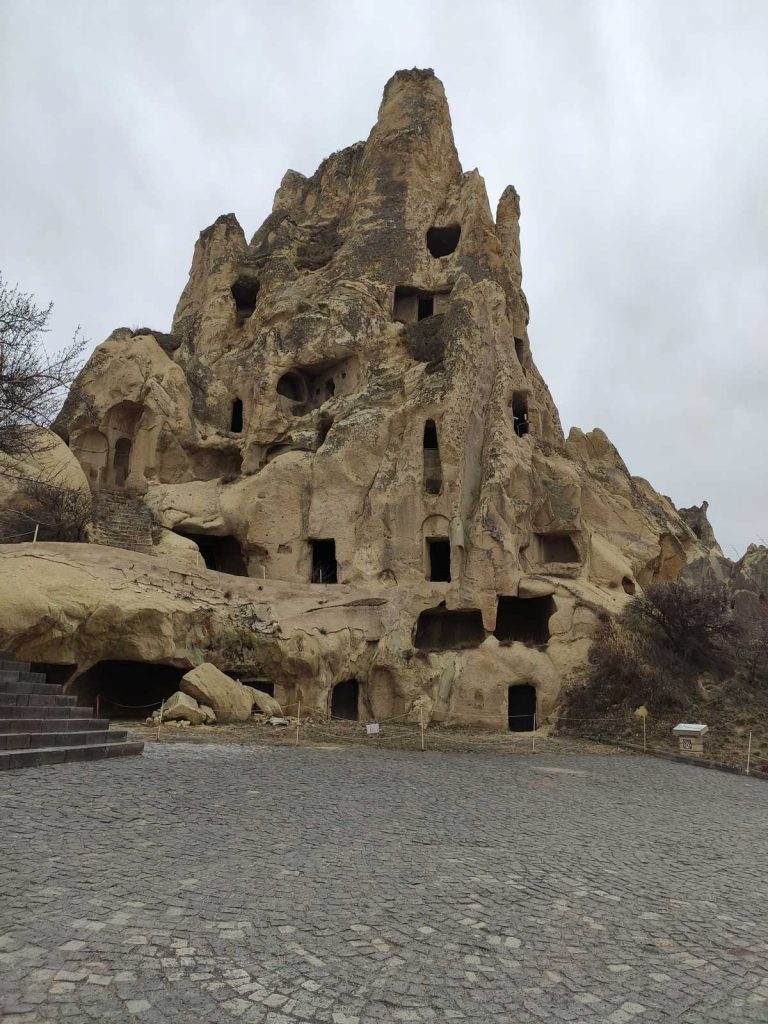
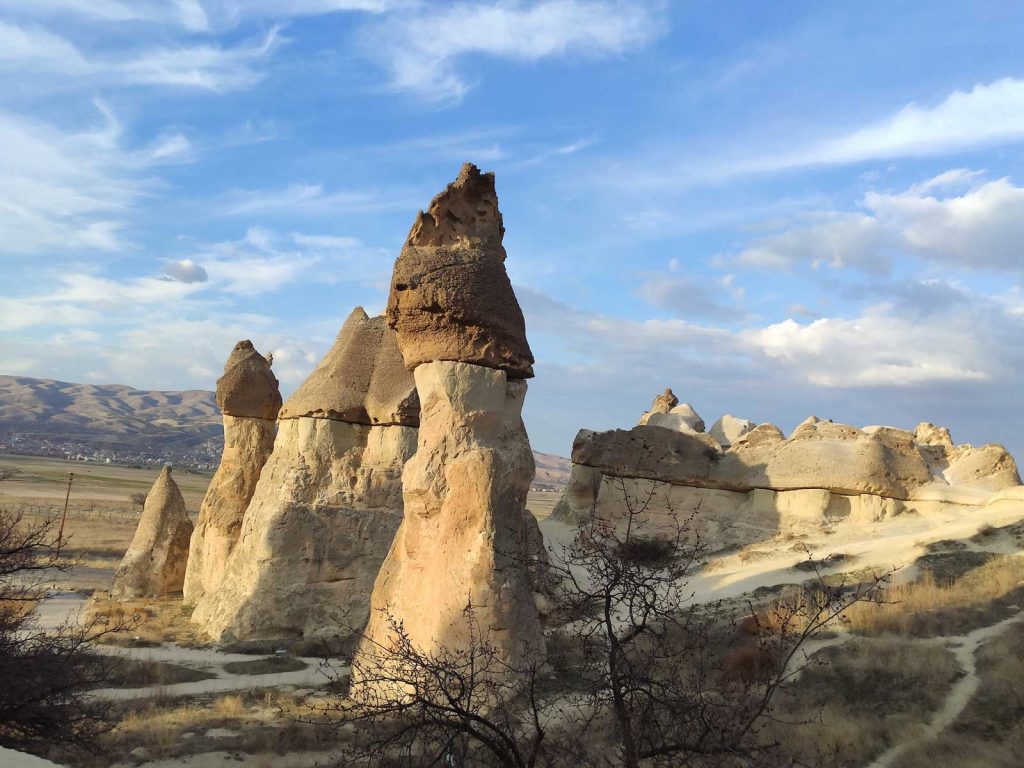
Exploring all the valleys by foot is not an easy task—not just because it’s a long walk, but because you need to plan circular routes of 11-12 km if you do not want to go the same road twice. The only easily walkable valley is Bağlıdere Vadisi, nicknamed Love Valley for its towering phallic-shaped rock formations. It’s also the most famous one, as photos of these formations are Cappadocia’s signature image. To visit, take a taxi (if staying in Göreme) for 50 lira to the trailhead and walk a relatively easy 5-6 km to the valley’s end. Here, you need to leave the trail (which ends in a dead end), bear to the left and climb steeply—sometimes very steeply—up to the surface.
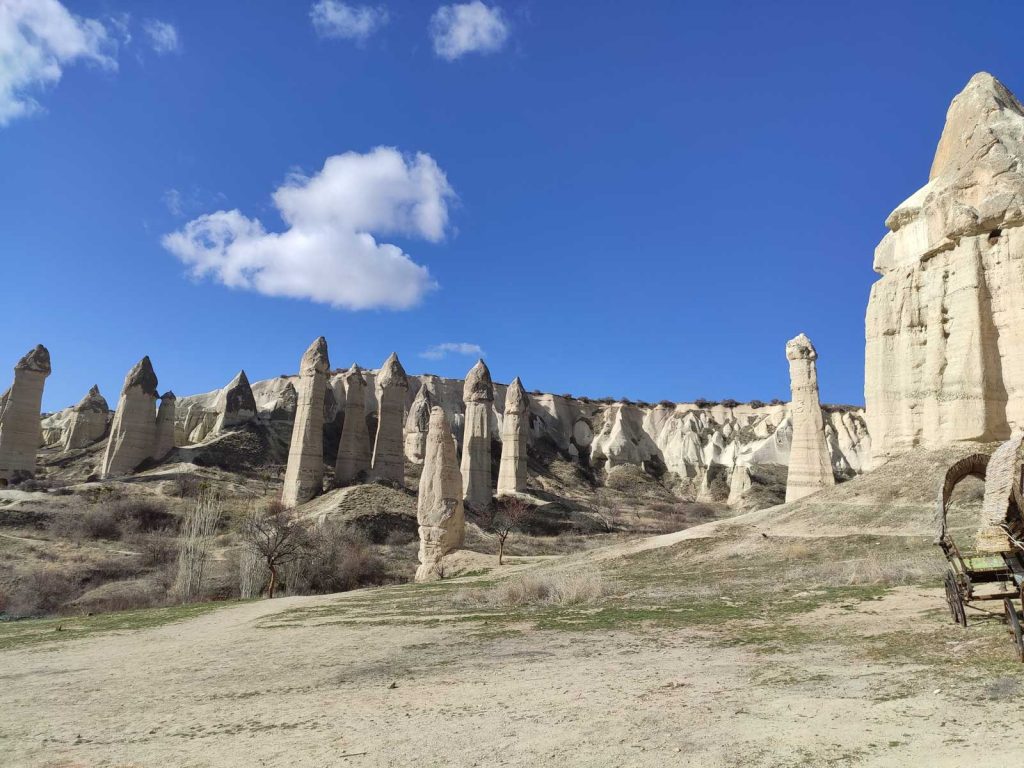

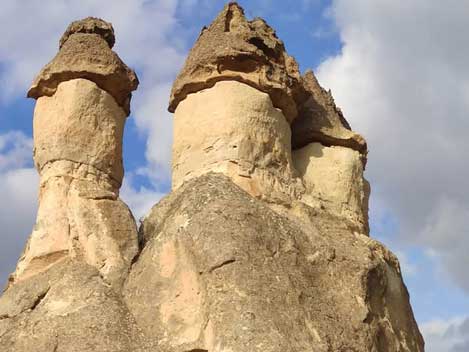
A man shouting and waving from the top directed us to the right path. He turned out to be the head of a family that had settled at the valley’s exit, selling freshly squeezed orange juice at steep prices. At that moment, I would have paid even more. His son drove weary hikers to Uçhisar Castle for a hefty 100 lira, while the more energetic ones continued on foot (a 20-minute walk). The castle is quite impressive, so we sighed heavily and climbed to the top. Unfortunately, the promised views were underwhelming. From Uçhisar, you can return to Göreme by bus or by taxi for 100 lira. We opted for the latter, as it was the less exhausting choice.
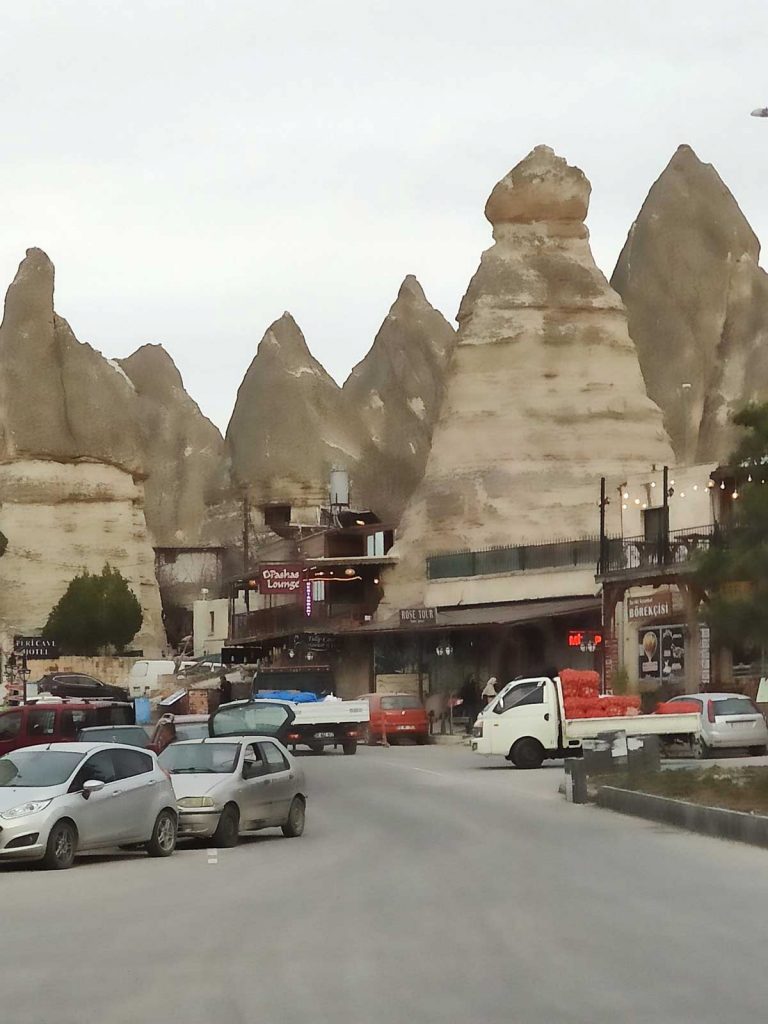
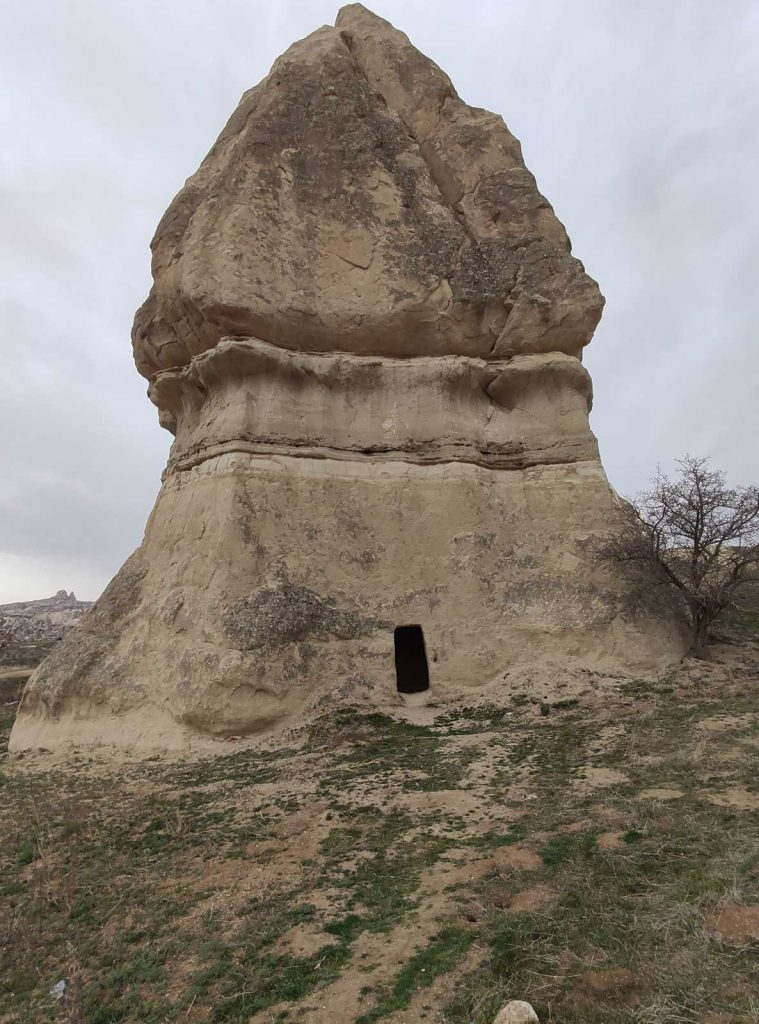
The other valleys were either small—like Devrent (Devrent), also known as Imaginary Valley; Paşabağı, also known as Fairy Chimneys; and Kılıclar Vadisi, or Sword Valley—or we had to limit ourselves to exploring just parts of them. In this way, partially, we visited Görkündere Valley, Zemi, Gomeda, and Güllüdere, or Rose Valley. Since no one was monitoring access, we drove as far as the car could penetrate before continuing on foot.
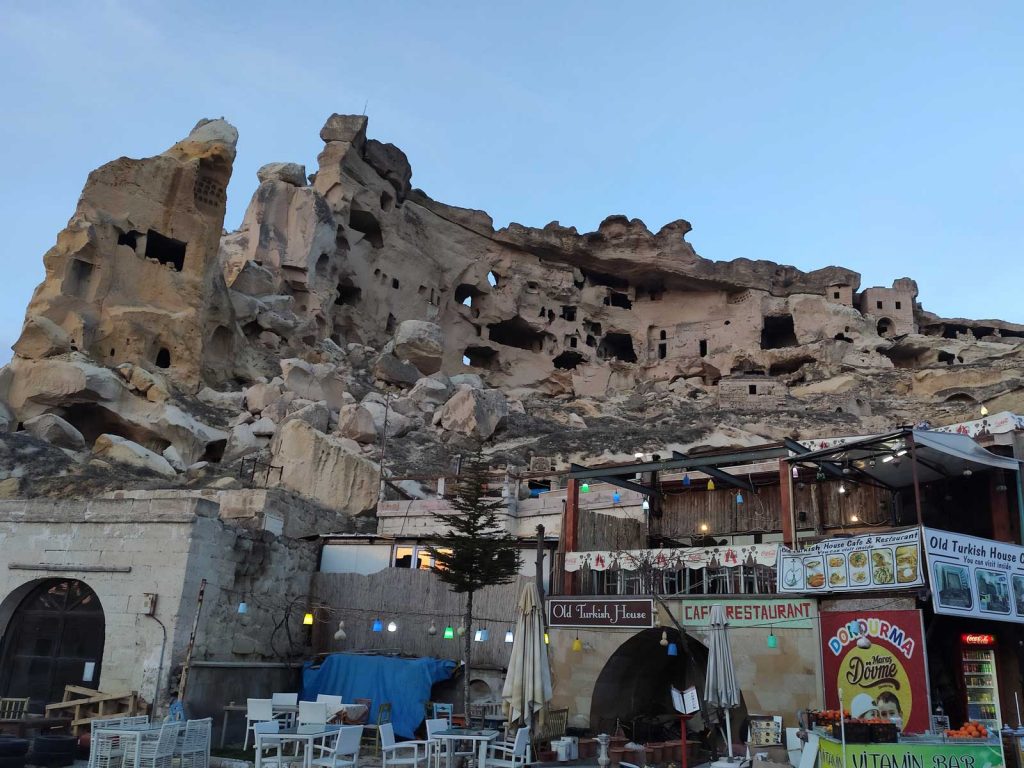
Those who find all this too challenging can take guided tours, which usually focus on showcasing the scenery from viewpoints. Two of the three such tours are described here by Marina Privalova.
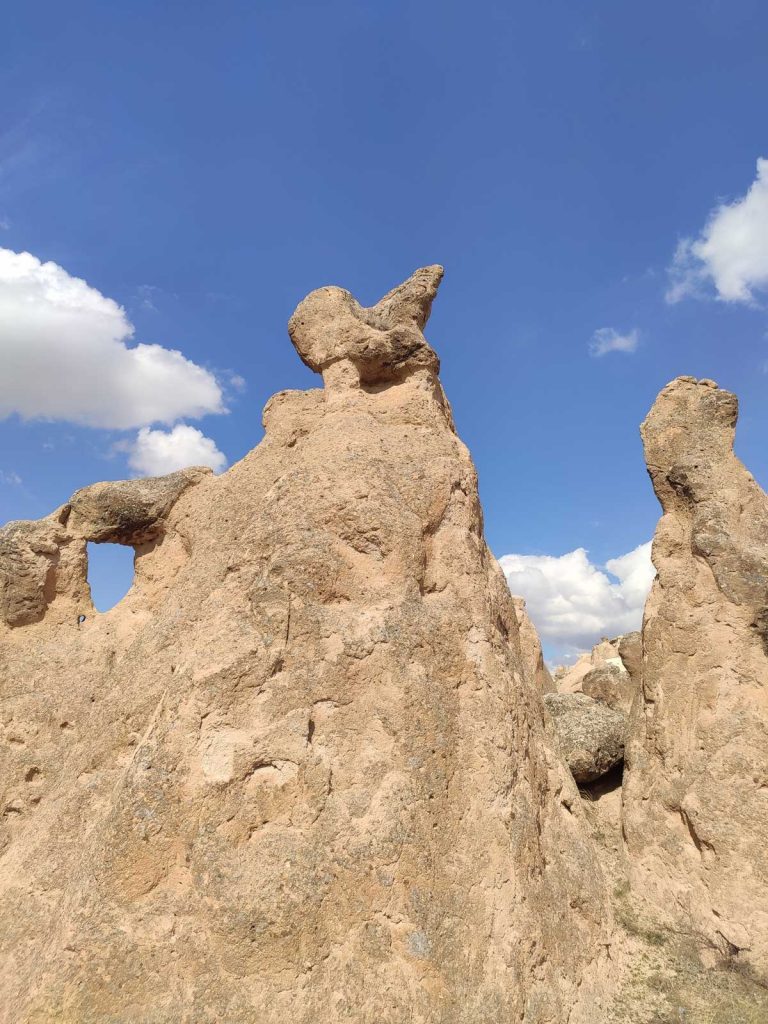
Visiting the so-called open-air museums was also very interesting—essentially they are pieces of nature fenced-off to charge entrance fees. The museum in Göreme features rock-hewn churches with partially preserved frescoes (these areas were inhabited by Greeks for centuries—until the population exchange between Turkey and Greece in 1923–1924). Not far from this museum is the Tokalı Church, which has fascinating frescoes. The second such open-air museum is the Zelve Museum.
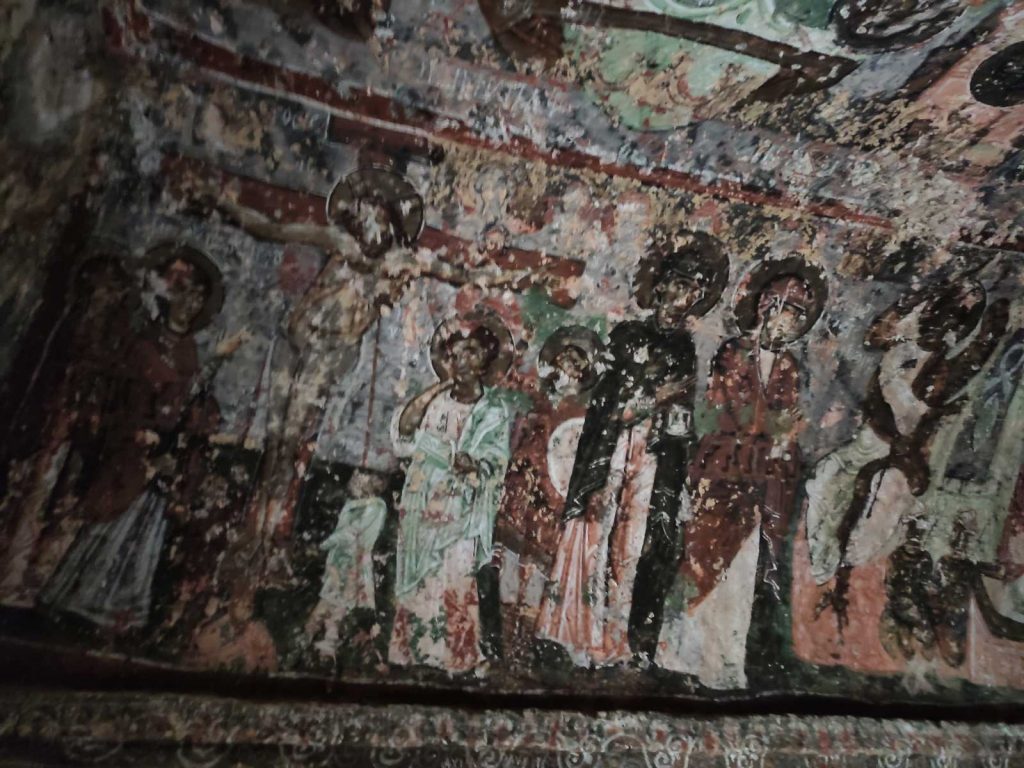
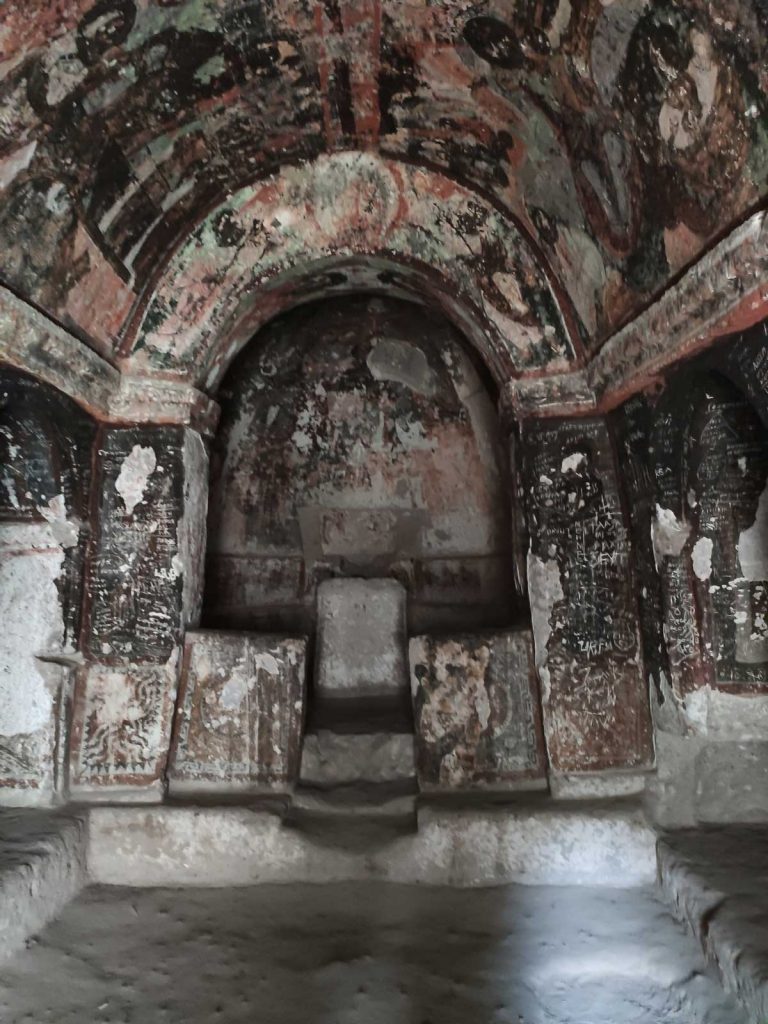
We visited also the rock-hewn churches of Çavuşin and Tarihi, the monasteries of Keşlik and Aziz Nikolas, and went to see the excavation site of the Greek city of Sobesos, but unfortunately, it was closed.
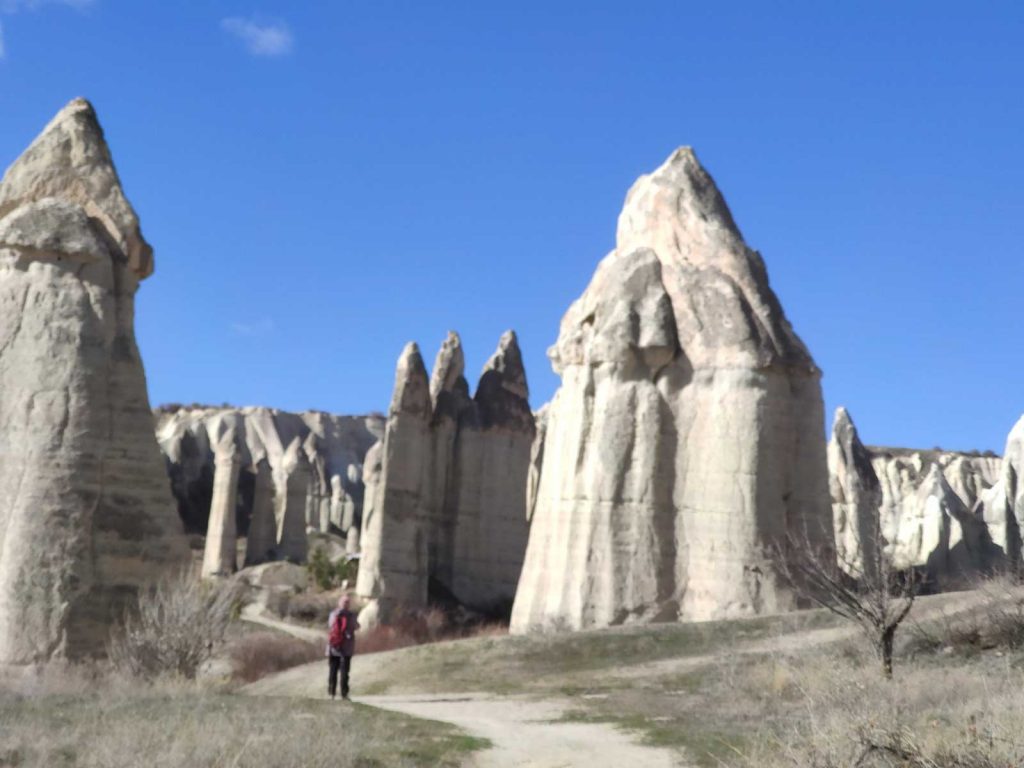
There is also a scenic viewpoint at the site of the three rock formations known as the Three Beauties (Uc Guzeller). This was the starting point of our Cappadocia journey, as it is located just off the Ürgüp – Nevşehir highway, which is a part of the rout to many attractions.
The road to some of the described places passes through the town of Ürgüp, which is worth stopping at, even briefly, to admire the old stone houses surrounding the rock castle Temenni Tepesi, which translates as “Hill of Wishes.”
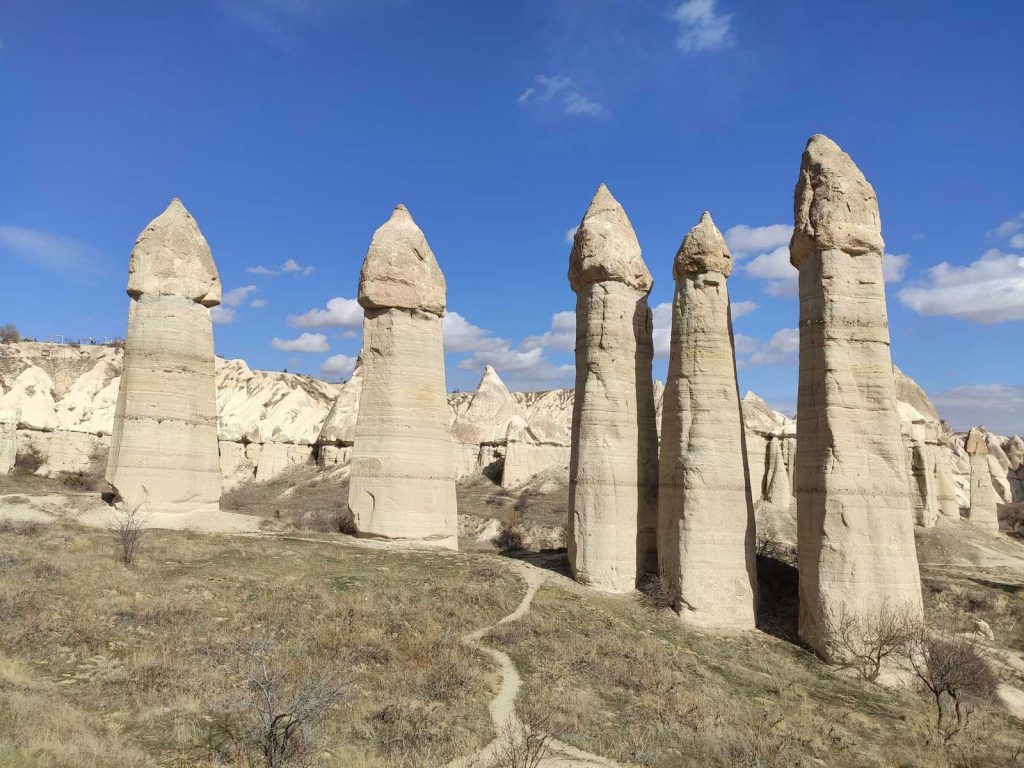
We were lucky with the weather: temperatures never dropped below +5°C, and rain only tried to spoil our last day when we traveled to the farthest and most fascinating Soğanlı Valley, which also has ancient churches. However, it failed to ruin our experience. After getting drenched, we stopped at a very cheap local restaurant, where we warmed up and dried our jackets by a blazing stove.
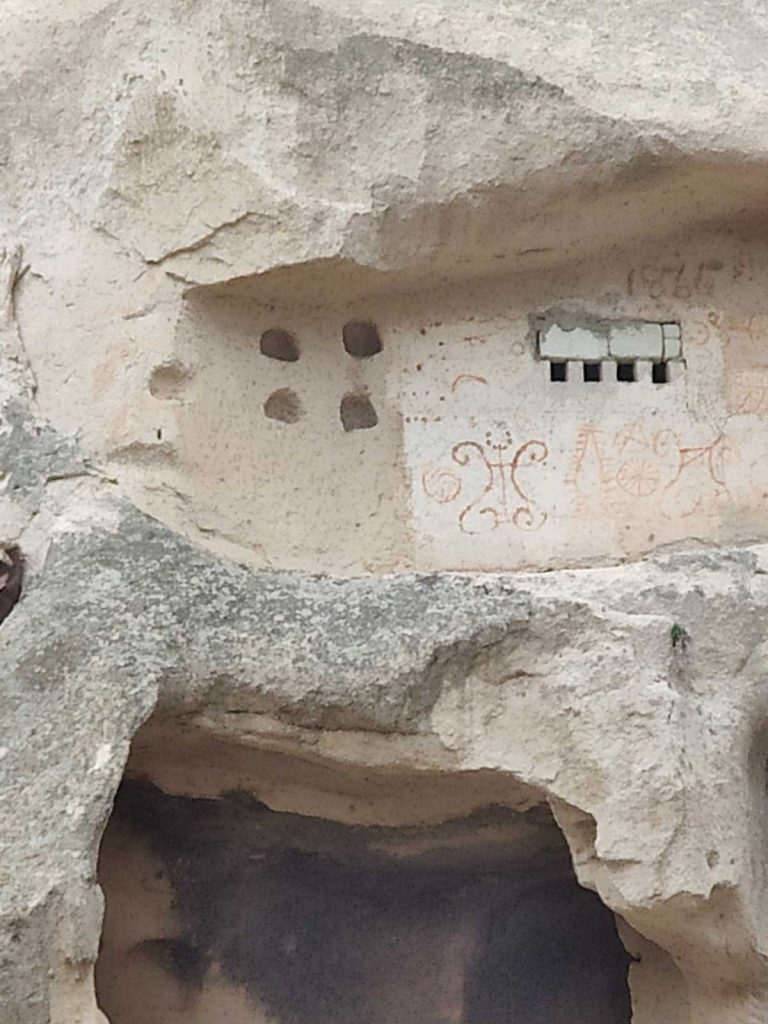
On the last day, on the way to the airport, we climbed to the observation deck above Göreme and then stopped by the “castle” of Ortahisar where we enjoyed coffee in a charming underground café.
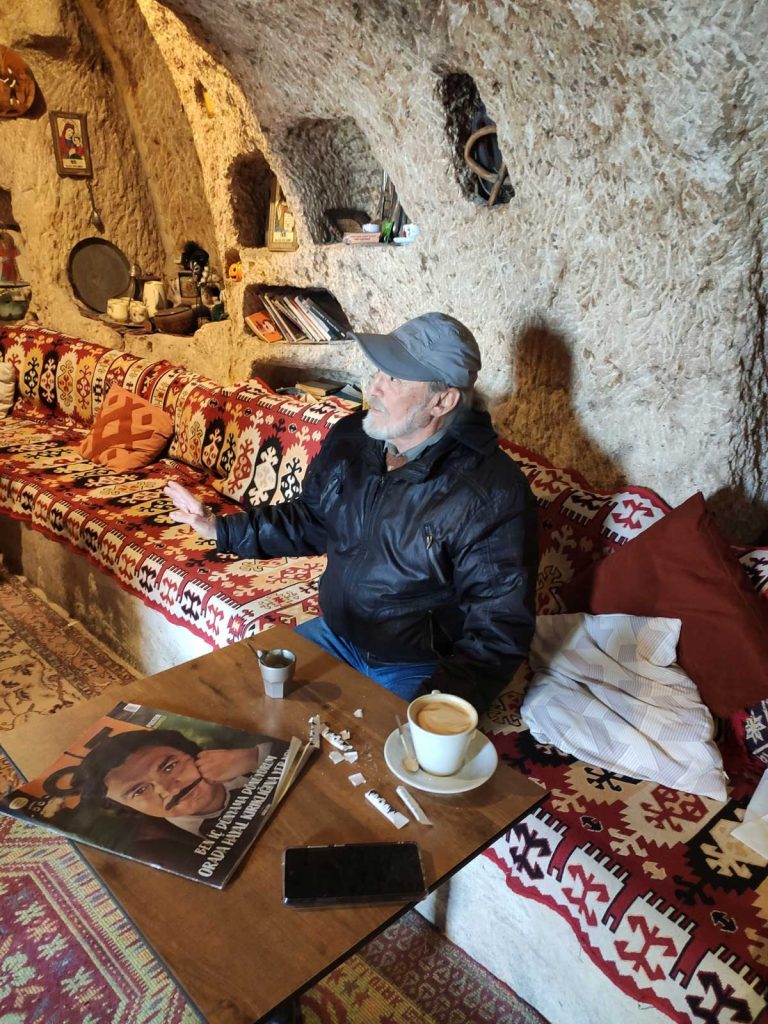
Unfortunately, we did not take a hot air balloon ride—one of Cappadocia’s main attractions. It was too windy on all the days, and on the last day, the day of departure, we just didn’t feel like it, especially since it was cloudy and we had a tiring day before. But we should have pushed ourselves to go. The cost of a flight depends on the season and ranges from $100 to $160, and according to some tourists, even $200–$220.
We did not visit, partly due to a lack of time and partly due to long walking distances, Pigeon Valley (Güvercınlık vadisi), known for its many columbariums, Beydere Vadisi with rock houses, and Ihlara Valley (Ihlara vadisi)—a 15-kilometer-long canyon up to 150 meters deep with a river running through it. In this valley, you can visit 13 rock churches, some requiring a steep climb. This canyon is particularly beautiful when greenery appears. And this is far from the full list of everything you can see and do in Cappadocia.
There were tourists, but in tolerable numbers, and in some valleys, we met only one or two persons. In summer, it is hot and overcrowded. Accommodations is available everywhere, but it’s best to stay in Göreme, as it is the most convenient in terms of logistics and services, especially if you are visiting for a short time and want to see as much as possible. Plus, the rock formations are right in the town. We exchanged money at Marina Travel Agency—they are honest. However, young men offering similar services and charging for parking may try to deceive you. In Göreme, we liked the Sedef restaurant on the main street. Another good restaurant was in the former Greek town of Sinasos, now called Mustafapaşa. It is located in a beautiful building named Old Greek House.
I tried to buy a SIM card at the airport in Antalya, but they asked for €64 (!!). In Göreme, I didn’t even try. Fortunately, my travel companion had an Israeli mobile package.
On the way back, we had an eight-hour layover at Sabiha Airport in Istanbul, so of course, we went into the city. The most convenient and fastest (besides a taxi) way is via the Kadıköy port, as described in detail by Sergey Fishberg, whose advice I followed. The only change is that now you need to get an Istanbul transport card from a machine and load money onto it. This can be done at the Kadıköy port in a booth near the bus stop from the airport (on the bus from the airport, they accept cash). Even with good timing—we never waited more than 15 minutes for transport—we had just over an hour in Istanbul. Just enough to eat the famous fish sandwiches by the pier and take a short walk. But it’s better than sitting at the airport!
Now, I can write about Cappadocia calmly, but at that time, I was completely overwhelmed. Out of everything I have seen in almost 50 years of traveling, the deep emotional impact of Cappadocia is comparable only to that of Machu Picchu and Easter Island. Perhaps also of Plitvice Lakes. I write this to inspire everyone to visit the incredible Cappadocia. If there are places you must see in your lifetime, this one is definitely in the top ten.

